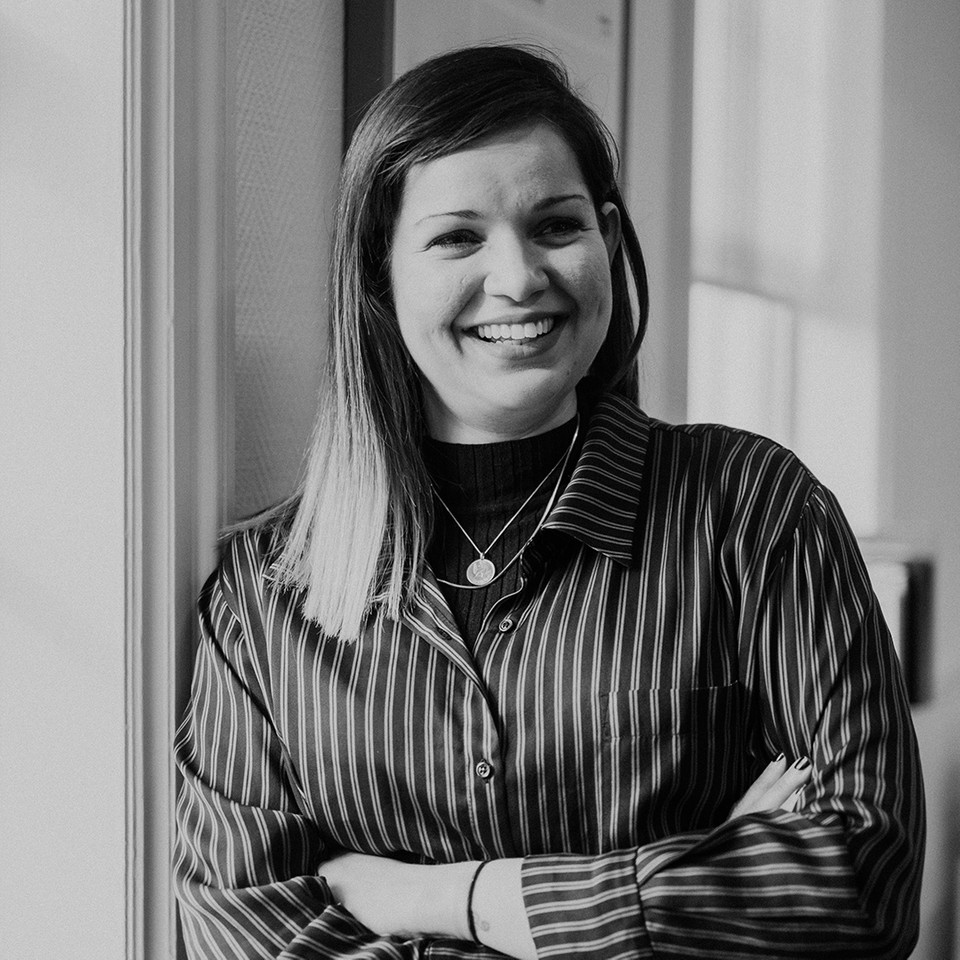As part of Why Design 2019 we encouraged those working with design in Ireland to commit to a pledge of their own creation. This year we are re-visiting some of those people to assess the changing landscape.
As part of Why Design 2020 we also sit down with a number of individuals working within design to discuss the challenges and opportunities we are faced with in light of recent studies which reveal that there is less than 25% female participation within the industry. Now in its third year, Why Design is maintaining its commitment to spotlighting and changing the gender imbalance within the Irish creative sector.
Here we sit down with some of the wonderful people working at Richards Dee.
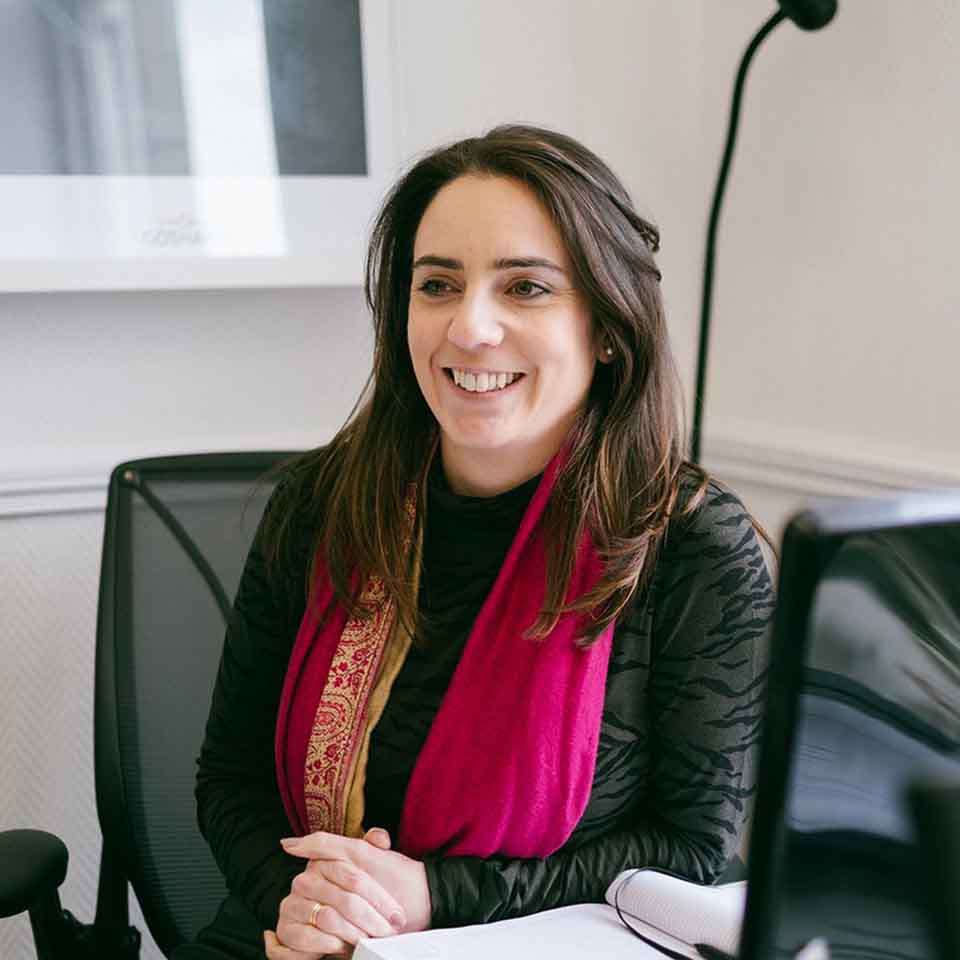
Alicia Coyle.
Account Director
There’s less than 25 percent female representation in the design industry, does this surprise you?
Being in the industry, not really. I started in creative ad agencies. It was very male orientated. A lot of the MDs and strategy directors were always men and a lot of the females were in client services. In some agencies there was a good balance, but not often.
What you think reasons are for the low females?
I don’t know to be honest. It’s not like women are turned away. Maybe it goes back to school. Art isn’t nurtured as a serious subject at school, it’s not really encouraged. You tend to need to have an early interest and pave your own way.
How can we close the gender balance?
Getting into schools and the curriculum, maybe even just to do talks. I feel it’s important that along with the low number of females in the industry we need to diversify in other ways too, I mean in terms of transgender and lgbtq. We can diversify in a number of ways.
What do you consider to be the benefits of diversity?
I don’t think it means you’ll get any better ideas necessarily, I think that comes down to talent. I think the difference will come down to the approach to the work – women tend to be more open and more collaborative. I think that might help across all departments within a work environment.
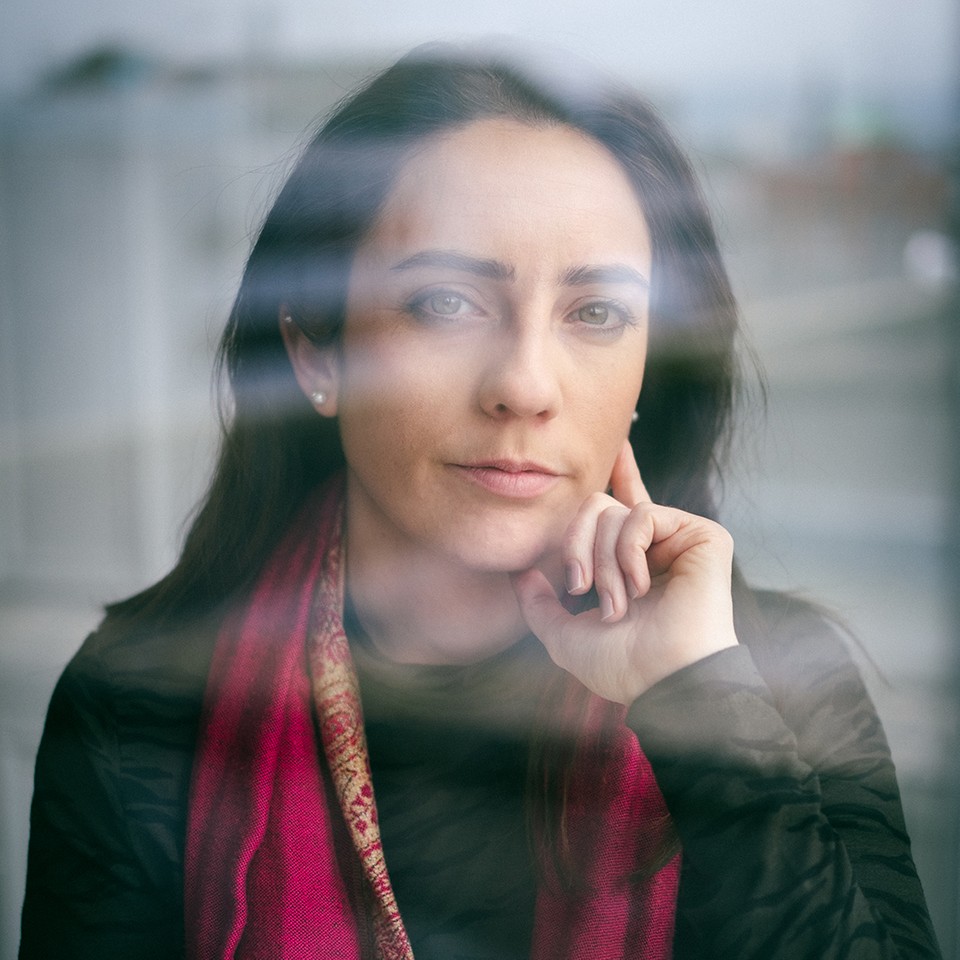
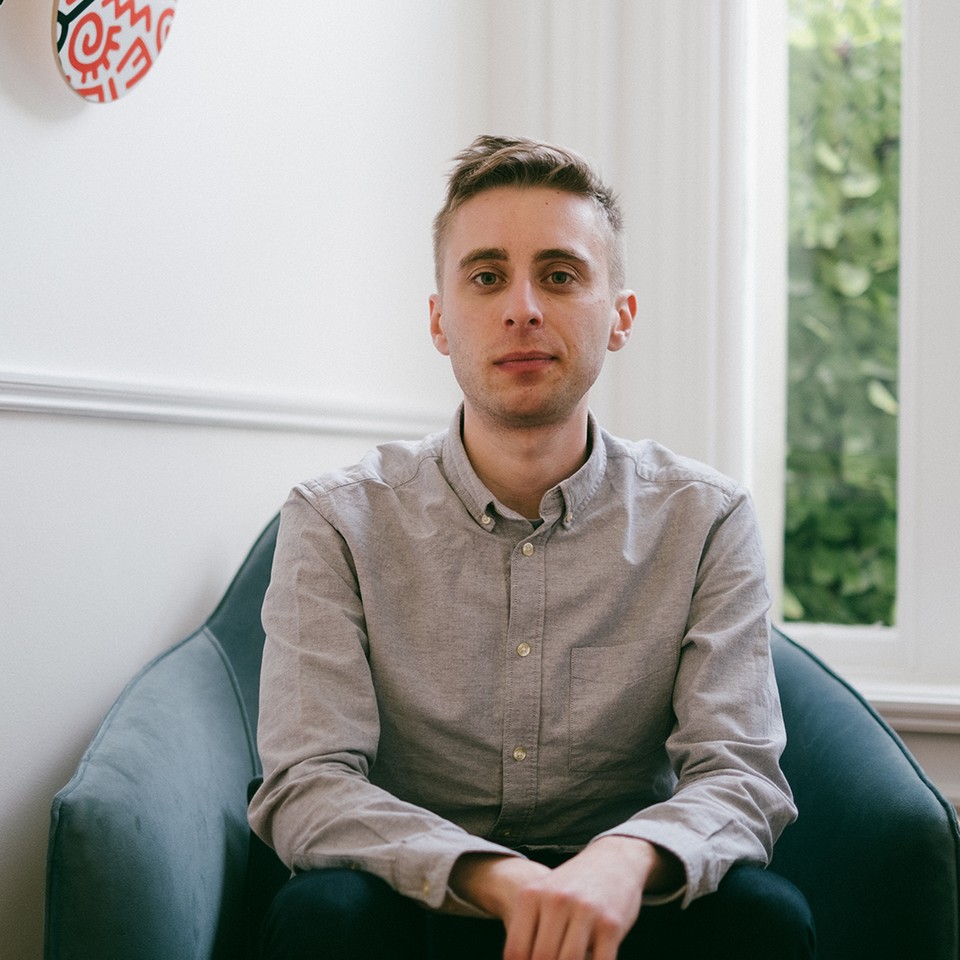
Dylan Panetta.
Junior Designer.
Would you be surprised that there’s less than 25% women in design industry?
Very surprised, I graduated DIT in 2017, there was approximately a 60 – 40 break down of female to male. Translating into the industry isn’t happening, however. Design directors and creative directors don’t tend to be female. There seems to be more male leadership roles here. I’ve encountered all male design directors apart from Celine here at Richards Dee.
Why do you think there’s lack of female participation?
I’m not too sure but perhaps personal reasons? Things like maternity leave and decisions not to return to work. Family life is probably a big factor to take into consideration.
What do you think would be the advantages or disadvantages of a more gender diverse or gender balanced workplace?
I would be in favour of a gender balanced team. Women have different experiences to bring to the table and that would be a great advantage rather than being in a solely male- dominated environment. Women definitely bring a different perspective to the table and it’s really important.
As a male in the industry what do you think needs to happen to close the gender gap?
Pushing it out to younger audiences in schools, let them know that design is a viable career option. I didn’t even know what Graphic Design was when I was at school. Let them know it’s a valuable option to go for. I think that would close the gap. Or help to.

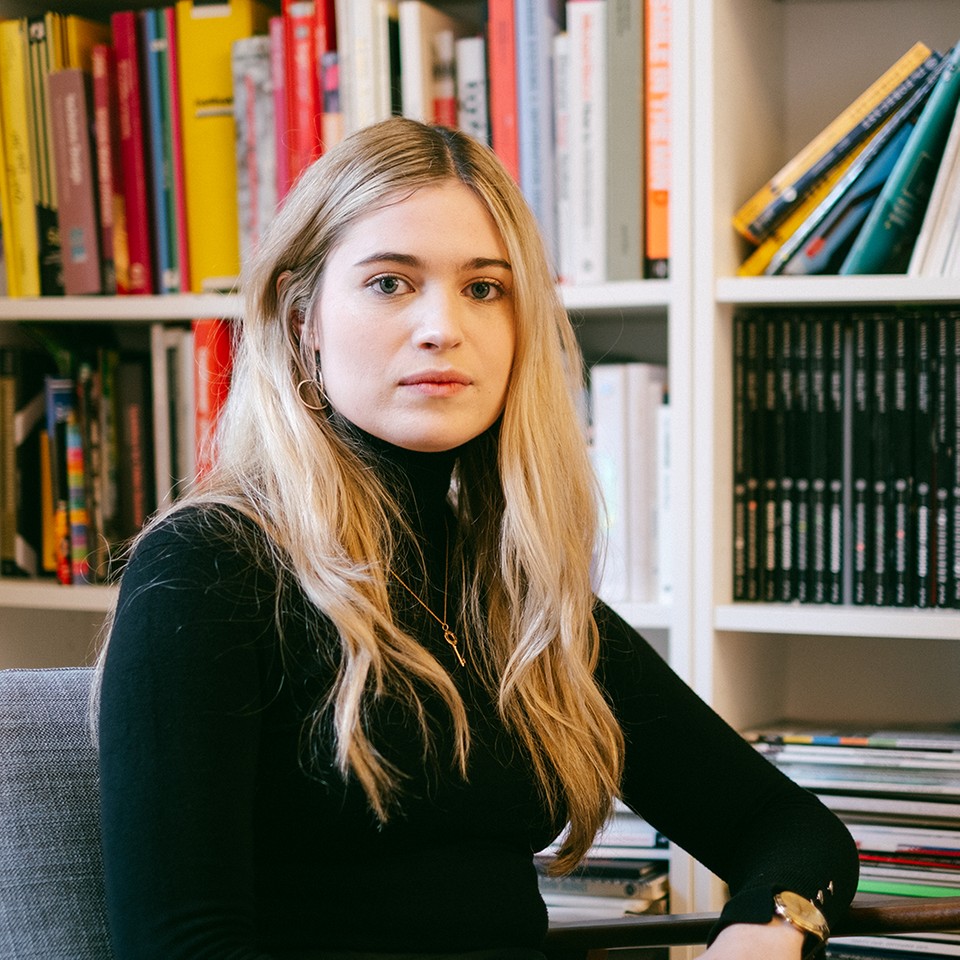
Emily Daly.
Copywriter.
The design industry in Ireland is made up of less than 25% females, does this surprise you?
Yes! I’m a recent graduate and nearly all of my friends who studied design in college had a 50/50 gender balance in their classes. So it’s certainly surprising that this doesn’t translate into the industry. But hopefully it will as more and more young female graduates join the workforce.
How important do you think gender balance in the creative sector is?
I think that diversity of every kind, including gender, is vital in the creative sector. The industry is all about sharing perspectives to build great ideas together. The more diverse we are, in gender as in everything else, the more interesting and varied our ideas and work will be.
Have you noticed any changes, for better or worse, over the last 12 months?
Last year I worked in a branding agency in New York City. While I was there, the partners decided for the first time since the founding of the agency that they needed to address what diversity looks like in design. They opened up the discussion to the entire studio and everyone was so excited to get the chance to speak freely. So yes, an open dialogue about gender and diversity in design is definitely progress.
What do you think needs to happen for the gender gap to close?
I think that the gender gap is especially prevalent as you go further up the ladder. For example, there is more of a gap when it comes to creative directors than if you look at junior designers. One thing I think we can do to address this is for women in power to share their expertise, to mentor young women in design and give them the encouragement they need.
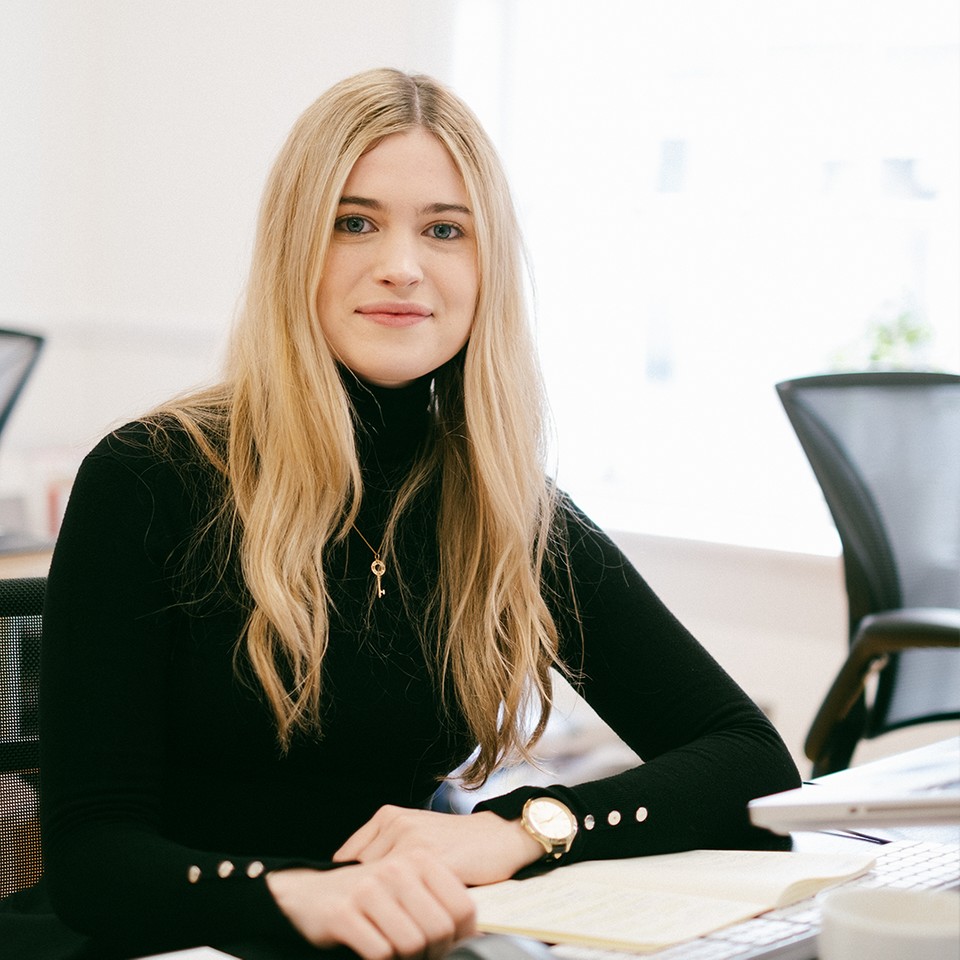
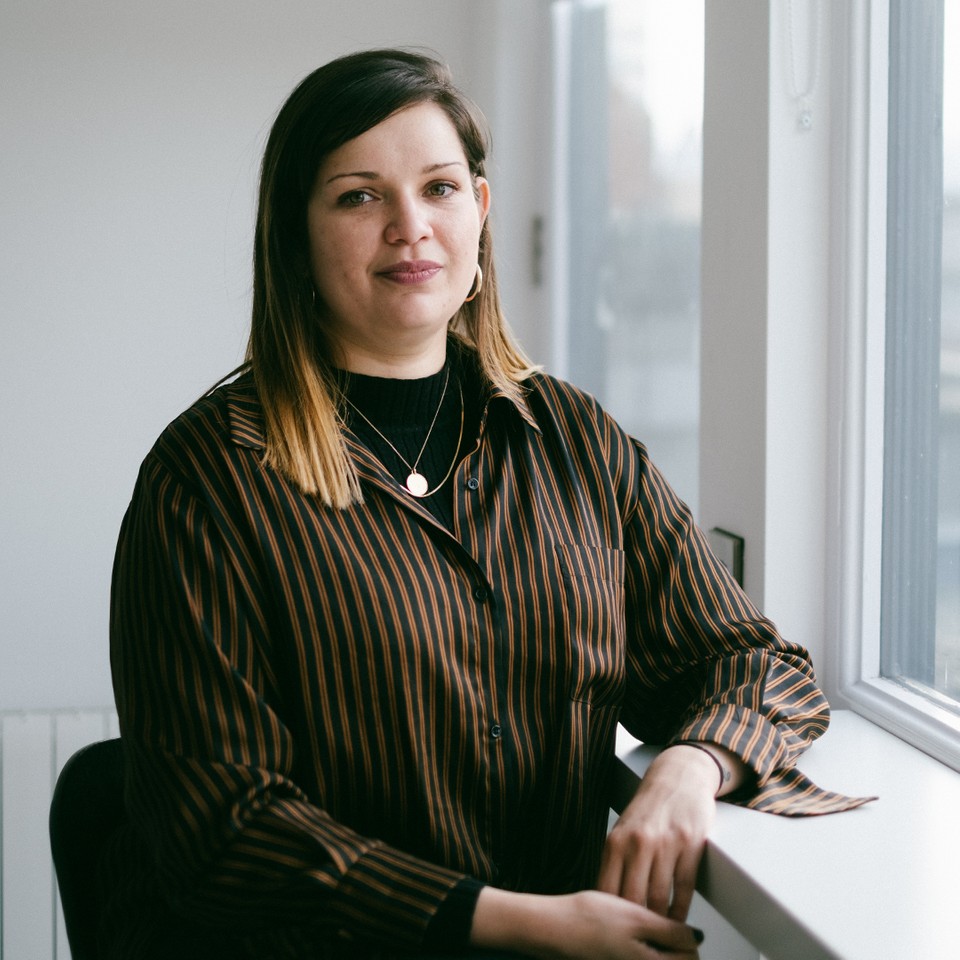
Mariana de Moura.
Senior Designer.
How have you found the last 24 months for gender balance in design?
We are trying to get more female designers, to keep the numbers more equal. It’s an industry where people are always rotating though. It’s something that needs to be kept in mind among the wider problem of retaining talent within the industry.
Were you surprised that there’s less than 25 per cent women in the design industry?
Yes, very surprised! During studies there are a lot of females but then in industry there are a lot of males. Also, where are the older people in design, where do they go, post 50? It is a very young industry. But what comes next, do people change careers? Perhaps women change career and men take all the senior positions. I think a lot of women who have children end up freelancing.
What could happen to change this?
I would like to know too, im not sure!
Is the industry ready for change?
Yes, I think so, we need to reflect what is happening globally.
You’re a senior designer – what do you think is instore for your future career trajectory – do you see any obstacles?
As women our biggest obstacles are ourselves and our fear. If we think we can do it, we can. Women definitely suffer more from this issue. We often feel more fear and anxiety within work. We are definitely just as competitive as our male counterparts though. Males just get on with it and think they’re grand. Women probably overthink a bit more.
